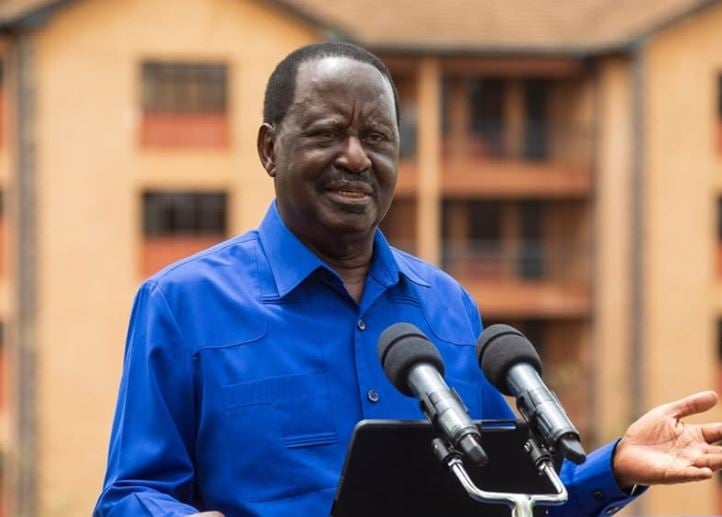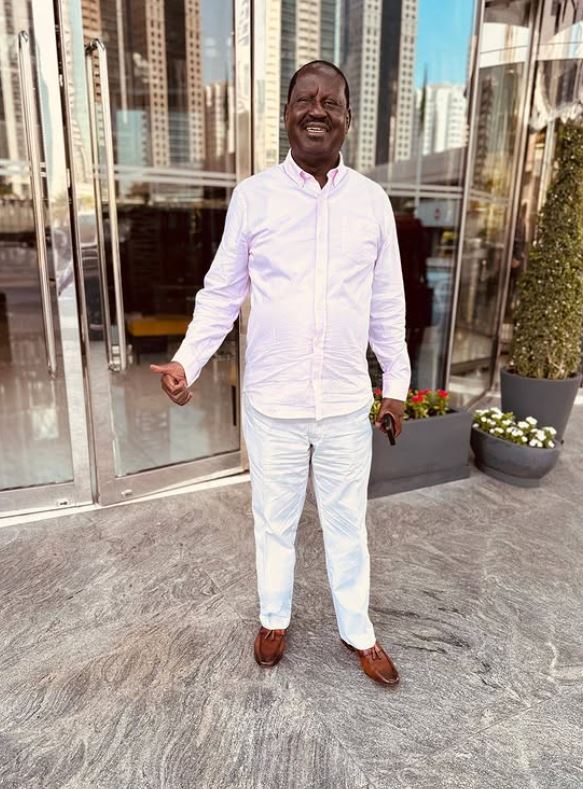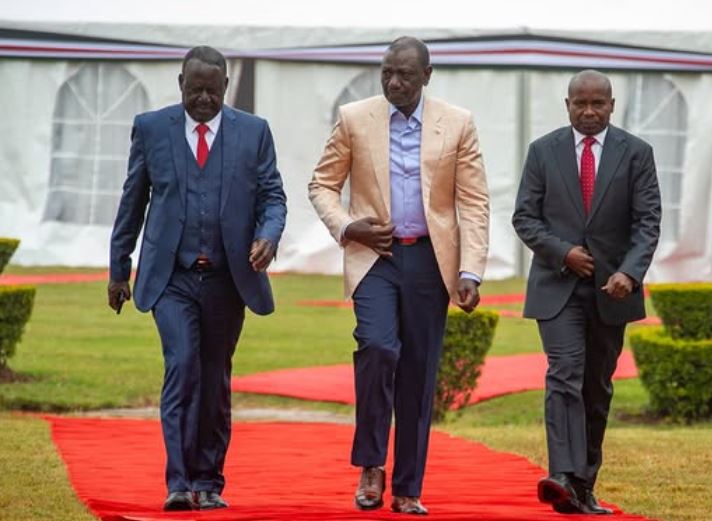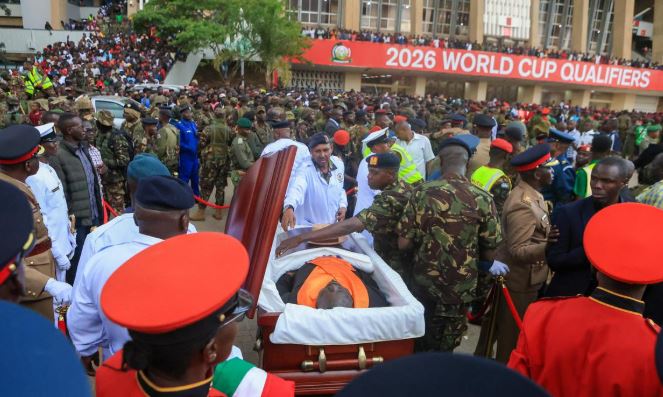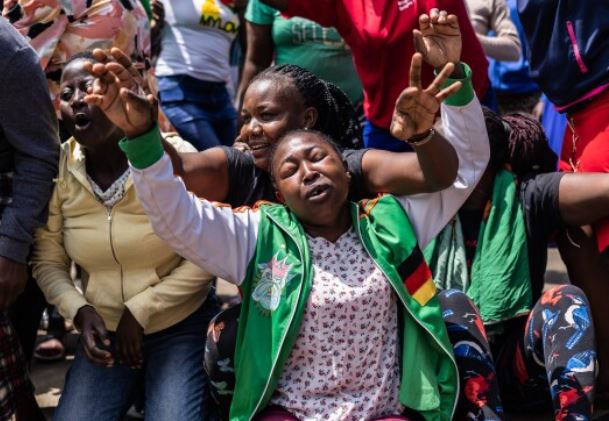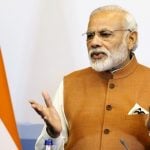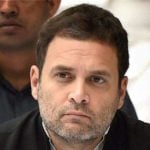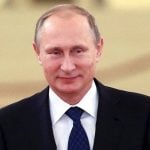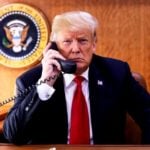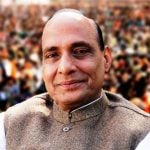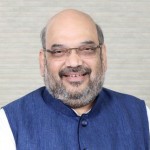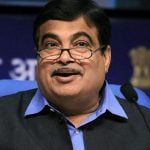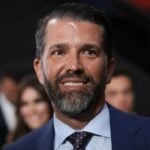Raila Odinga Age, Death, Wife, Children, Family, Biography
Quick Info→
Age: 80 Years
Death Date: 15/10/2025
Death Cause: Cardiac Arrest
| Bio/Wiki | |
|---|---|
| Real Name | Raila Amolo Odinga |
| Nickname(s) | • Tinga • Hummer • Baba • Jakom • Agwambo |
| Profession(s) | • Politican • Kenyan businessman |
| Famous for | Being Prime Minister of Kenya from 2008 to 2013 |
| Physical Stats | |
| Height (approx.) | 5' 11" (180 cm) |
| Eye Colour | Light Brown |
| Hair Colour | Light Brown |
| Politics | |
| Political Party | Azimio la Umoja–One Kenya Coalition Party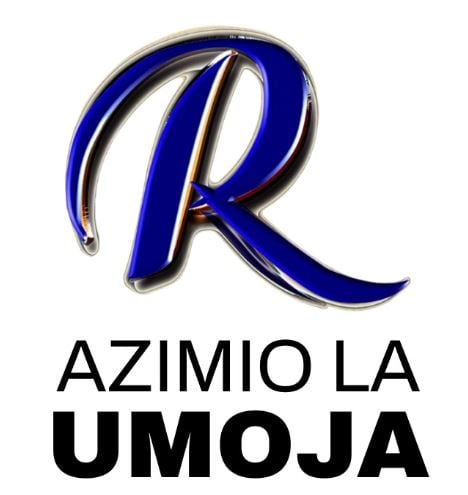 |
| Political Journey | • From 199 to 1994, served Forum for the Restoration of Democracy (FORD)– Kenya • From 1994 to 2002, served National Development Party • From 2000 to 2005, served Kenya African National Union • From 2002 to 2005, served Liberal Democratic Party • From 2005 to 2017, served Orange Democratic Movement • From 2012 to 2017, served Coalition for Reforms and Democracy • From 2017 to 2021, served National Super Alliance • From 2022 to 2025, served Azimio la Umoja-One Kenya Coalition |
| Awards, Honours | • Doctor of Laws from University of Nairobi, Kenya (2008) • Honorary degree from Florida A&M University, United States (2012) • Doctorate of Leadership in Social Development from Limkokwing University of Creative Technology, Malaysia (2012) |
| Personal Life | |
| Date of Birth | 7 January 1945 (Sunday) |
| Birthplace | Maseno, Colony and Protectorate of Kenya |
| Date of Death | 15 October 2025 (Wednesday) |
| Place of Death | Koothattukulam, Kerala, India |
| Age (at the time of death) | 80 Years |
| Death Cause | Cardiac Arrest |
| Zodiac sign | Capricorn |
| Signature |  |
| Nationality | Kenyan |
| Hometown | Karen, Nairobi, Kenya |
| School | • Kisumu Union Pry School, Kisumu Town, Kenya • Maranda High School, Siaya County, Kenya |
| College/University | • Herder Institution, Marburg, Germany • University of Leipzig, Leipzig, Germany • Otto von Guericke University, Magdeburg, Germany |
| Educational Qualification | A master's degree in Mechanical Engineering and Production Technology |
| Religion | Christianity |
| Ethnicity | Luo |
| Controversies | • Miguna Miguna's Claims Against Raila Odinga (2011) During his time as Prime Minister, Raila Odinga appointed Miguna Miguna as his advisor on coalition affairs. However, in August 2011, Odinga suspended Miguna for what was described as "gross misconduct." According to The Daily Nation, this may have been because Miguna publicly expressed strong opinions that embarrassed the Prime Minister. After his suspension, Miguna wrote a controversial book titled Peeling Back the Mask: A Quest for Justice in Kenya, where he claimed that there was corruption, abuse of office, political tricks, and deception happening within Odinga’s office during the three years he worked there. [1]Wikipedia • Maize scandal 2008 During Raila Odinga's tenure as Prime Minister, the Office of the Prime Minister was implicated in the 'Kazi kwa Vijana' scandal, which led to the suspension of a World Bank-funded project due to the embezzlement of funds. Additionally, the 'Maize scandal' involved the importation of aflatoxin-contaminated maize into Kenya, which was also linked to the Office of the Prime Minister. This connection resulted in the suspension of Odinga's top aides, Permanent Secretary Mohammed Isahakia and Chief of Staff Caroli Omondi. [2]BBC News • Fake Gold Scam 2019 In 2019, Raila Odinga was linked to a fake gold scam involving a multi-million dollar fraud. The scam targeted a cousin of the UAE Prime Minister, who lost money in a deal for non-existent gold from Kenya. A leaked audio recording went viral, in which then-Bungoma Senator Moses Wetangula allegedly mentioned Odinga’s involvement. Wetangula claimed that nothing happens in ODM without Odinga’s approval and that Odinga had even met the president to explain the issue. Odinga, however, said he helped expose the scammers to the Dubai victims. Despite this, several politicians accused him of being part of the con and called for investigations. They argued that he could not be both a whistleblower and a possible beneficiary of the scam at the same time. [3]Capital News |
| Social Media | • Instagram |
| Relationships & More | |
| Marital Status (at the time of death) | Married |
| Marriage Date | Year, 1973 |
| Family | |
| Wife/Spouse | Ida Odinga (businesswoman)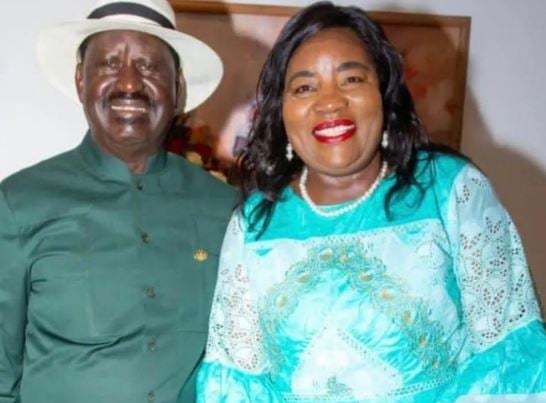 |
| Children | Son(s)- 2 • Fidle Odinga (deceased) 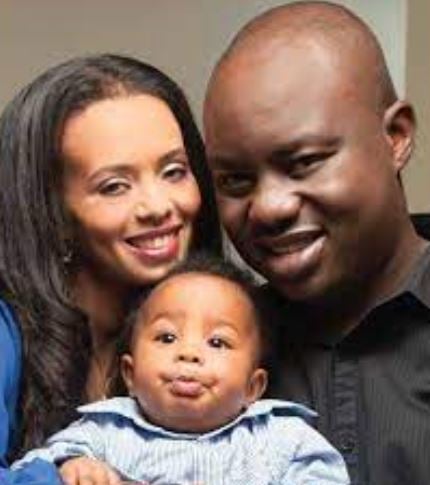 • Raila Odinga Jr. 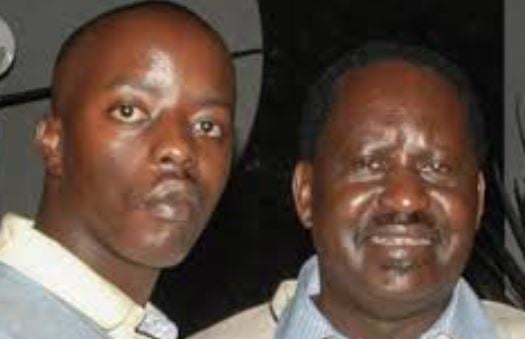 Daughter(s)- 2 • Rosemary Odinga • Winnie Odinga 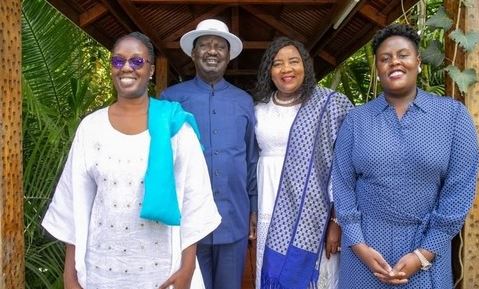 |
| Parents | Father- Jaramogi Oginga Odinga (Politician) Mother- Mary Juma Odinga 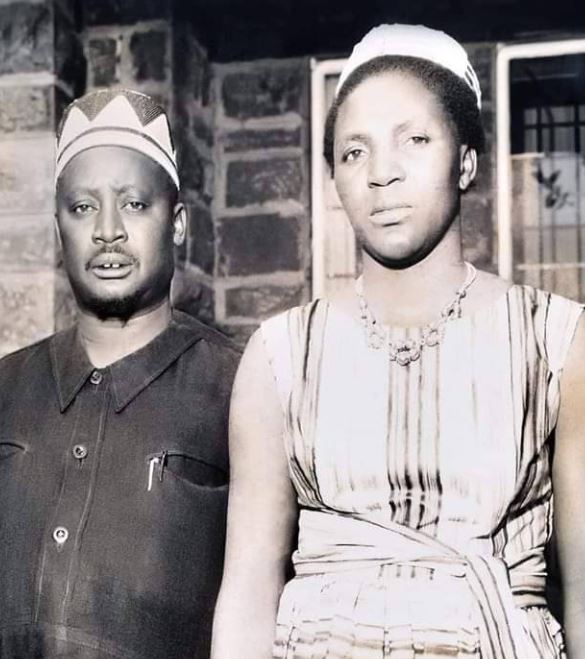 |
| Siblings | Brother- Oburu Odinga (Politician)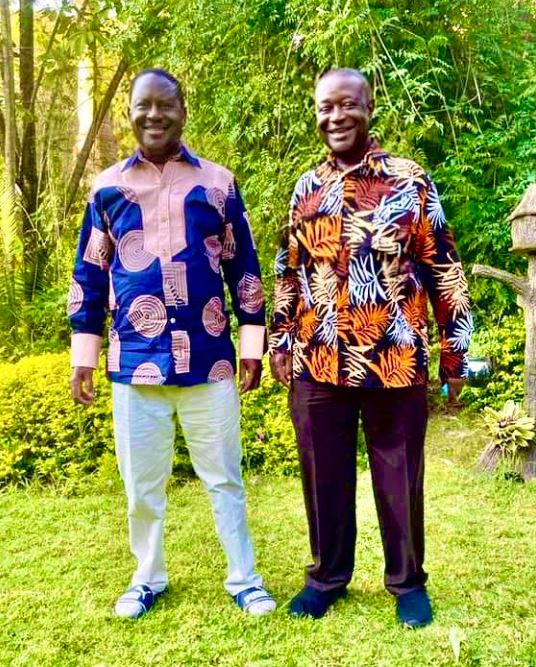 Sister- None |
Some Lesser Known Facts About Raila Odinga
- Raila Odinga hailed from Maseno, Kisumu District, Nyanza Province in Kenya.
- He had studied till 1962 in Kenya, and later moved to Germany for higher studies.
- Raila Odinga’s father was the first vice president of independent Kenya.
- Raila spent the next two years at the Herder Institution, where he learnt the German language. He was part of the philological faculty at the University of Leipzig in East Germany.
- In 1965, he received a scholarship and got admission at Otto von Guericke University Magdeburg, in East Germany (GDR).
- In 1970, Raila returned to Kenya.
- In 1971, he started a Liquid Petroleum Gas (LPG) manufacturing plant named Standard Processing Equipment Construction & Erection Ltd (later renamed East African Spectre). This is the only company manufacturing liquid petroleum gas cylinders in Kenya.
- In 1974, Odinga was appointed group standards manager of the Kenya Bureau of Standards. After holding this position for four years, he was promoted to deputy director in 1978, a post he held until his 1982 detention.
- In 1982, during the 1982 Kenyan coup attempt (a failed attempt to overthrow President Daniel Arap Moi’s government on 1 August 1982). Raila Odinga was arrested and charged with treason after being accused of being among the masterminds of the coup.
- In February 1988, he was released after six years; however, he was detained again in August 1988. He was finally released in June 1989.
- Odinga was placed under house arrest for seven months after evidence seemed to implicate him and his late father, Oginga Odinga.
- In October 1989, Raila fled to Norway due to indications that the increasingly corrupt Kenyan government was attempting to assassinate him.
- When Raila Odinga went to Norway, the Forum for the Restoration of Democracy (FORD) had just been formed to fight for multi-party democracy in Kenya.
- In February 1992, he returned to Kenya and joined FORD, which was led by his father, Jaramogi Oginga Odinga. He became Vice Chairman of the party’s General Purposes Committee.
- Before the 1992 General Election, FORD split into two groups: FORD-Kenya, led by his father, and FORD-Asili, led by Kenneth Matiba. Raila became Deputy Director of Elections for FORD-Kenya and went on to win the Langata parliamentary seat, defeating Philip Leakey of KANU. Because of his role in the struggle, Raila was later seen as the “second father of multi-party democracy” in Kenya after Kenneth Matiba.
- In January 1994, after his father’s death, Michael Wamalwa Kijana became the new chairman of FORD-Kenya. Due to the internal controversies, Raila left FORD-Kenya and joined the National Development Party (NDP).
- In the 1997 general elections, Odinga contested for the Kenyan Presidency; however, he did not win and was retained as Langata MP.
- In 2002, the NDP and the Kenya African National Union (KANU) merged. Raila was elected as the general secretary of the newly formed party, New KANU.
- Due to internal controversy surrounding the 2002 presidential election, Raila Odinga and several members of the New KANU formed the Rainbow Alliance within the party in protest of the presidential candidate selection. When their concerns were ignored, Raila Odinga and members of the Rainbow Alliance left KANU and joined the Liberal Democratic Party (LDP).
- Later, Rainbow Alliance and LDP joined Mwai Kibaki’s National Alliance Party of Kenya and formed the National Rainbow Coalition (NARC).
- In the December 2002 election, NARC defeated KANU, ending its long rule since independence. After winning, Kibaki appointed Raila as minister of roads, public works, and housing. However, LDP leaders soon accused Kibaki of breaking the pre-election deal by not sharing power fairly. After one month in January 2003, Kibaki dismissed his entire cabinet and reconstituted it, without Odinga or many of the former cabinet members who supported Odinga.
- In 2006, the problem between the LDP and NAK continued, which led to the collapse of NARC. Meanwhile, Raila Odinga formed a new coalition, the Orange Democratic Movement (ODM).
- In the December 2007 legislative election, Odinga’s ODM won with a majority; however, he lost the presidency to Kibaki with a narrow margin.
- In 2008, after the post-election violence, he became the Prime Minister of Kenya with a power-sharing cabinet with President Mwai Kibaki.
- Before the 2013 elections, Odinga’s ODM formed the Coalition for Reforms and Democracy (CORD) alliance with Kenyan Vice President Stephen Kalonzo Musyoka’s Wiper Democratic Movement and other parties. Under the CORD banner, Odinga and Musyoka campaigned for the posts of president and vice president, respectively. Unfortunately, this time again, Odinga did win and placed second.
- In the 2017 election, Raila Odinga’s ODM party and the other parties that were previously part of the CORD coalition allied with more parties to form the National Super Alliance (NASA). NASA declared Raila’s candidacy for the presidential election. However, this time again Odinga lost and got 45 % votes while the winning candidate got 54 % votes.
- On 30 January 2017, during the President’s swearing-in ceremony, Raila named himself ‘People’s President’.
- In December 2021, Odinga formally declared his candidacy for president in the 2022 election. He was running as the candidate of the Azimio la Umoja alliance, which had been formed in preparation for the election and included the ODM as well as Kenyatta’s Jubilee Party. Unfortunately, he lost this time again.
- After losing in the presidential election, he filed a legal case challenging the result, which was later dismissed by the Supreme Court.
- Raila Odinga ran for President of Kenya five times, with none of his attempts being successful, and each time, he alleged electoral fraud.
- His political views were often described as social democracy, similar to American left-wing politics.
- Raila once supported a parliamentary system with having strong prime minister’s powers.
- He played a key role in the fight for multi-party democracy and aimed to have a Western-style democratic system in Kenya.
- During the severe drought in Kenya, he requested the government to remove the taxes on fuel and on some foods to help the poor.
- He was very conservative on social issues. In 2010, he made harsh remarks against homosexuality. His comments drew strong criticism from the LGBT community. In response, his office stated on behalf of Odinga, claiming that he only meant to clarify that same-sex marriage is illegal under the constitution.
- On 15 October 2025, Raila Odinga died from a cardiac arrest at the Devamatha Hospital at Koothattukulam in Kerala, India. He had collapsed while walking at the Sreedhareeyam Ayurvedic Eye Hospital and Research Centre, where he had been seeking medical treatment for diabetes, hypertension, and chronic kidney disease.
- Kenyan President William Ruto announced a state funeral and a seven-day period of mourning with flags placed at half-mast. He has also declared a public holiday on 17 October 2025 in Kenya.
- Kenya Airways, which carried his body, renamed its flight KQ203 to RAO001 in his honour.
- On 16 October 2025, thousands of people gathered at Jomo Kenyatta International Airport in Nairobi to receive Odinga’s body. Four people were killed after police opened fire to control the crowd.
References/Sources:

